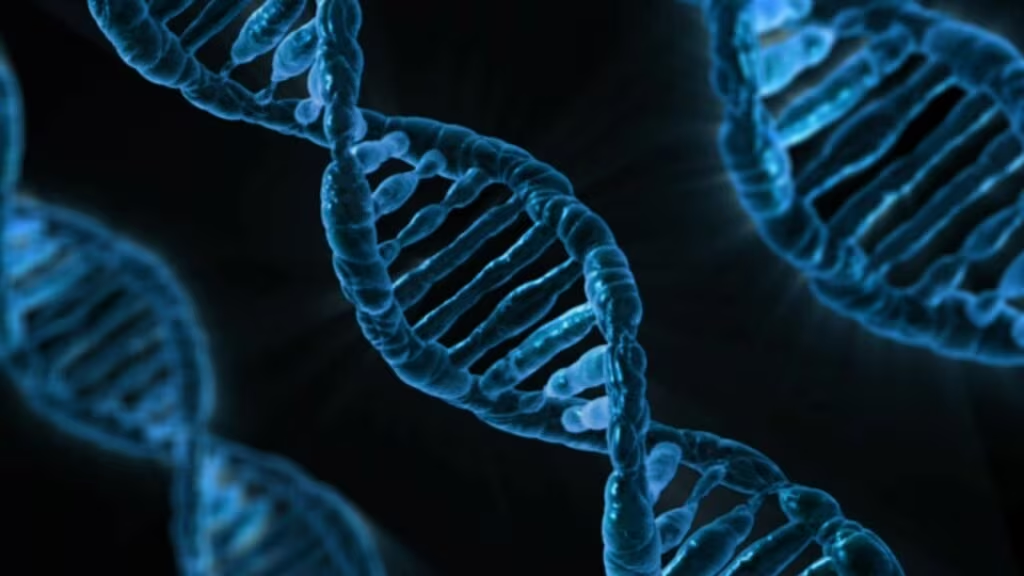The Arctic Giant Holding the Key to Extreme Longevity
The quest for extending human healthspan—the period of life spent in good health—often leads researchers to the most unusual corners of the animal kingdom. Few creatures hold more promise in this field than the Bowhead Whale (Balaena mysticetus), a colossal marine mammal that thrives in the icy waters of the Arctic and subarctic.
What makes this whale a subject of intense scientific scrutiny is its extraordinary lifespan. While most large mammals live only a few decades, the bowhead whale is known to live for over 200 years, making it the longest-living mammal on Earth. Scientists are now zeroing in on the biological mechanisms that grant the bowhead this near-immortality, and the answer appears to lie in its exceptional ability to maintain genomic stability.
Unlocking Genomic Stability: The Role of the Super-Protein
The primary driver of aging and age-related diseases, including cancer, is the accumulation of damage to our DNA. Every cell division introduces risks, and environmental factors constantly bombard our genetic material. For a creature as large and long-lived as the bowhead whale, the sheer number of cell divisions over two centuries should theoretically result in a massive incidence of cancer—a phenomenon known as Peto’s Paradox.
Yet, bowhead whales rarely develop cancer. The key to resolving this paradox, and the secret to their longevity, is a highly effective DNA-repair protein identified by researchers. This protein is significantly more efficient in the bowhead whale than in shorter-lived mammals, including humans.

The Mechanism of Enhanced Repair
DNA repair mechanisms are the cellular maintenance crew, constantly fixing breaks, mutations, and chemical alterations in the genetic code. In the bowhead whale, this specific protein acts like a hyper-efficient supervisor, ensuring that DNA damage is corrected rapidly and accurately. This sustained high level of repair prevents two critical hallmarks of aging:
- Accumulation of Mutations: Fewer errors mean the cell retains its original, healthy function longer.
- Cellular Senescence: Cells that accumulate too much damage enter a state of irreversible growth arrest (senescence), contributing to inflammation and tissue dysfunction. By fixing the damage, the whale’s cells avoid this fate.
In essence, the bowhead whale has evolved a superior genetic toolkit that allows its cells to resist the entropic forces of time far better than ours.
Translating Whale Biology to Human Health
The study of extreme longevity in species like the bowhead whale is central to the field of geroscience, which aims to target the fundamental biological processes of aging rather than treating individual age-related diseases.
If scientists can understand exactly how this whale protein achieves its superior efficiency, it opens up several promising avenues for therapeutic intervention in humans:
- Gene Therapy: Introducing or enhancing the human equivalent of the whale’s repair gene into human cells to boost natural DNA maintenance.
- Pharmacological Activation: Developing small-molecule drugs that mimic the function of the whale protein, effectively turning up the volume on our own natural DNA repair processes.
- Cancer Prevention: Since cancer is fundamentally a disease of uncontrolled cell division driven by accumulated genomic damage, enhancing DNA repair could be a powerful prophylactic measure against many forms of the disease.

“The findings from the bowhead whale are not about finding a single ‘fountain of youth’ gene, but rather identifying a critical node in the aging network that, if manipulated, could have profound effects on human healthspan,” noted one researcher involved in comparative longevity studies.
Research Challenges and the Road Ahead
While the discovery of this highly functional DNA repair protein is a major breakthrough, translating it into viable human treatments presents significant challenges.
Complexity of Longevity: Longevity is not governed by a single gene or protein. It is a complex, polygenic trait involving metabolic rate, stress response, immune function, and multiple repair pathways. The whale’s protein is likely one essential component in a larger, finely tuned system.
Translational Hurdles: Moving a mechanism discovered in a marine mammal to a human clinical setting requires extensive research, including:
- Confirming the protein’s function in human cell lines.
- Ensuring that enhancing DNA repair doesn’t inadvertently lead to other cellular problems.
- Developing safe and effective delivery methods (e.g., gene vectors or highly targeted drugs).
Despite these hurdles, the bowhead whale research provides a clear, actionable target for geroscience. By focusing on fundamental mechanisms like enhanced DNA repair, scientists aim not just to extend life, but to compress the period of frailty and disease at the end of life, allowing humans to live healthier, more vibrant lives well into old age.
Key Takeaways
This research into the bowhead whale’s biology offers crucial insights into the mechanisms of extreme longevity and cancer resistance:
- Record Lifespan: The Bowhead Whale (Balaena mysticetus) is the longest-living mammal, regularly exceeding 200 years.
- Core Discovery: Its longevity is attributed to a highly efficient DNA-repair protein that maintains genomic stability.
- Peto’s Paradox Solved: This hyper-efficient repair mechanism allows the whale to avoid the high cancer rates predicted for large, long-lived animals.
- Human Potential: The discovery provides a direct target for geroscience research, potentially leading to new therapies that boost human DNA repair efficiency.
- Goal: The ultimate aim is to develop treatments that combat aging and age-related diseases by enhancing the body’s natural ability to maintain healthy cells over time.
Originally published: October 29, 2025
Editorial note: Our team reviewed and enhanced this coverage with AI-assisted tools and human editing to add helpful context while preserving verified facts and quotations from the original source.
We encourage you to consult the publisher above for the complete report and to reach out if you spot inaccuracies or compliance concerns.

